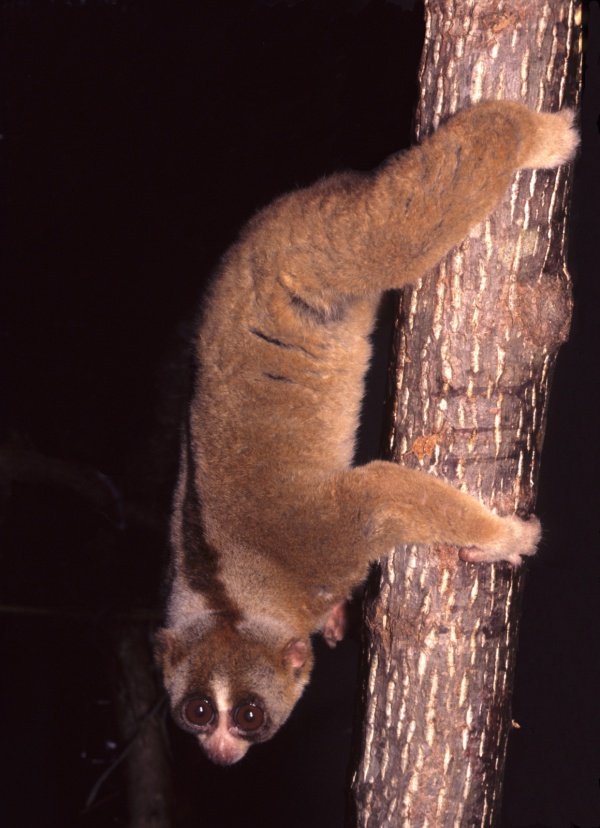Facts About Greater Slow Loris
The Sunda slow loris, also known as the greater slow loris, is a captivating primate native to Indonesia, West Malaysia, southern Thailand, and Singapore. This nocturnal creature thrives in evergreen forests, where it spends its nights navigating the treetops. Its diet consists of sap, nectar, fruit, and arthropods, showcasing its adaptability in feeding habits.
Regrettably, the Sunda slow loris is endangered. The exotic pet trade, habitat destruction, and other threats have jeopardized this enchanting species. Easily recognizable by its wet nose, rounded head, large eyes, and tiny vestigial tail, it’s no wonder this primate has captivated many.
First described in the late 18th century, the Sunda slow loris has undergone various taxonomic revisions and is now classified as a distinct species. It exhibits unique facial patterns, fur color variations, and a specialized toothcomb that's ideal for grooming and feeding. When it moves, it does so with slow and deliberate grace, navigating the trees on all fours.
Behaviorally, the Sunda slow loris is largely solitary, preferring personal solitude over social interactions. It communicates through an array of vocalizations and relies heavily on its sense of smell for signaling. The female has a gestation period of approximately 192 days, typically birthing one offspring at a time.
Conservation efforts are crucial for the survival of the Sunda slow loris. The ongoing threats of illegal pet trade, habitat destruction, and traditional medicine practices continue to endanger this unique species. Protecting its natural habitat and preventing exploitation are essential actions to ensure its future.

 Russia
Russia